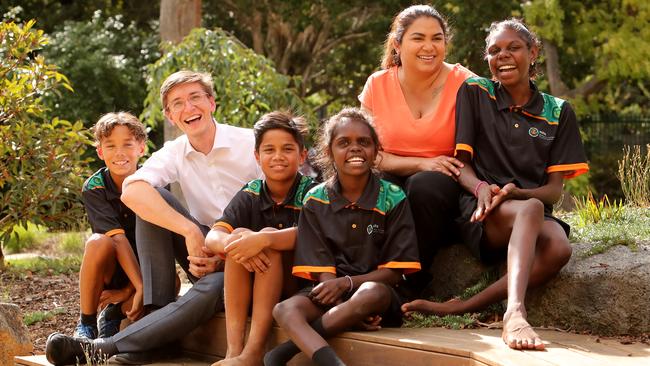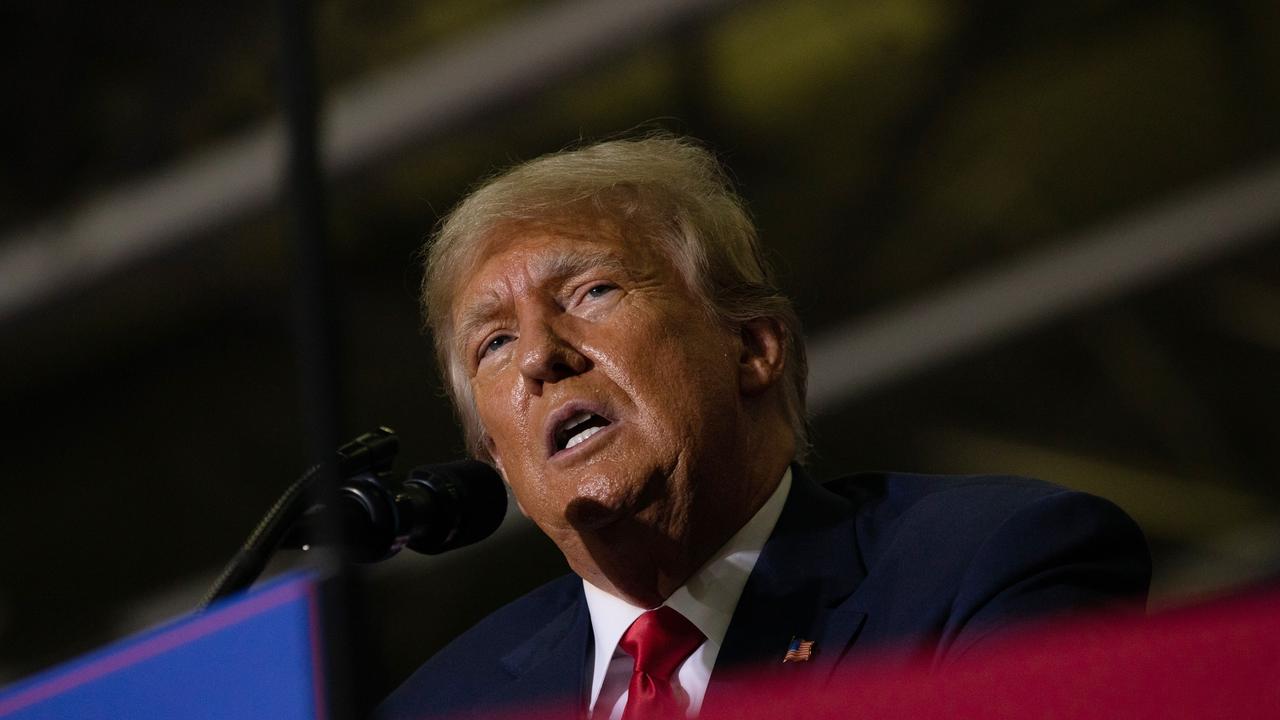Melbourne Indigenous Transition School: learning to close gap
Melbourne school tailors education for indigenous students from remote areas.

The historic Richmond Hill manor Lockington is a world away from home for its newest young occupants.
Of the group of 22 indigenous students — the latest intake of Year 7s at the Melbourne Indigenous Transition School — some have travelled from as far as remote islands off the west coast of Arnhem Land to fulfil the dream of a city education. Few had been on an aeroplane before embarking on the 3200km journey that would see them living away from home, on the doorstep Melbourne’s bustling CBD, sports and cultural hub, for the coming year.
As Australia grapples with the seemingly insurmountable task of closing the gap between indigenous and non-indigenous educational outcomes, the school, which relies heavily on private donations, is entering its third year of operation.
Already it is achieving solid results with its culturally sensitive approach to preparing its young scholarship candidates for positions at some of the country’s leading schools.
“Many of our students speak English as their second or third language, so often they may appear to have, for example, a Year 4 ability in reading when in fact their innate ability is considerably higher,” says MITS executive director Edward Tudor.
“One of our graduates spoke seven different languages, so she clearly had extraordinary linguistic talents.
“But a lot of mainstream tests assume a certain knowledge base that isn’t relevant for our students. For example, the whole concept of four discrete seasons — summer, autumn, winter, spring — doesn’t apply when you come from the Top End and your culture might recognise six different seasons or more.”
With a teacher-student ratio of about one to five, the school has been able to work closely with each student at the level they are at rather than sticking rigidly to the Year 7 curriculum. The students’ culture and their own languages are incorporated into lessons, which has proven effective in boosting engagement — a key issue for many indigenous communities.
As a result students, on average, have reported about two years of progression in key literacy measures; and some as much as four years’ worth of improvement.
However, it’s not merely the academic gains that are obvious, Tudor says.
While students have been selected to attend the school because of their willingness and commitment to learn, many come from socially and economically disadvantaged backgrounds and some have experienced early childhood trauma. Given their age, homesickness also can become an issue.
The school relies heavily on psychologists and counsellors to support its students, and health and wellbeing is continually monitored throughout the year.
The importance of a good night’s sleep and three healthy meals a day cannot be underestimated, Tudor says. “Unless we get that right, they won’t be ready to learn,” he says.
Interestingly, studying so far from home has strengthened many students’ cultural identities and sense of where they fit in as Aboriginal Australians.
The MITS classrooms are housed at the Richmond Football Club’s Korin Gamadji Institute, just down the road from the boarding house, and the students have the opportunity to interact with staff and players.
Among the extra-curricular activities has been a performing arts workshop with the acclaimed Bangarra Dance Theatre and a programs at Monash University Museum of Art with celebrated photographer Christian Thompson, who made history when he became the first Aboriginal Australian to be admitted to the University of Oxford.
Several students have been aspiring AFL and AFLW players, and have joined the Richmond Junior Football Club.
There are 30 MITS graduates who have gone on to accept scholarships at the school’s 10 partner schools, including St Kevin’s College, Brighton Grammar School and government school Templestowe College. The eldest are in Year 9.
“We have high expectations for our students and their commitment to education,” Tudor says.
“Each will have their own aspirations, and success can mean many things. For some students it might be Year 12 completion and entry to university; for others it may be strong numeracy and literacy and a pathway to employment on their country.”
Tudor says the latest report card from the Closing the Gap initiative, which showed little progress in indigenous literacy, numeracy and school attendance rates, confirms that the challenges are complex.
But he says there are many examples of talented teachers across the country achieving great progress in individual indigenous communities.
“We need to understand where it is we are getting results so we can home in on those and apply the methods elsewhere,” he says.
“It’s not possible for every school to have a teacher student ratio of one to five but I do think it is possible to apply the principle of differentiation rather than teach everyone in the class the Year 7 curriculum. Ultimately, we need to find local solutions that empower parents and children and deliver what is needed in their particular community.


